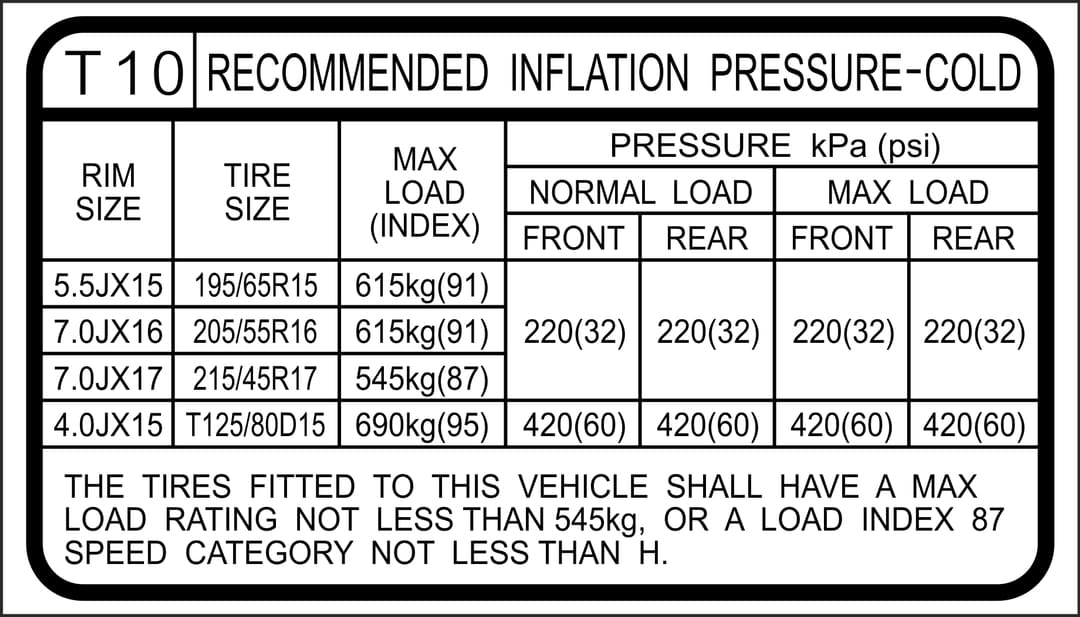The recommended tire pressure is the pressure established by the manufacturer of your car as the optimal air pressure for your tires. Running your tires at the correct pressure is important because it keeps you safe, cuts down your gas bill, and makes your tires last longer. Each vehicle has its own specifications for tire pressure, but most fall between 28 and 36 PSI (pounds per square inch).
Be careful not to confuse the recommended pressure with the maximum pressure. The recommended pressure is the one you should use when filling your tires, and, as explained above, you can find on your doorjamb or in your owner’s manual. The maximum pressure, on the other hand, is usually stated on the sidewall of the tire itself in small print near the tire’s bead (where the rubber abuts the rim). This measurement is provided by the tire manufacturer rather than the car manufacturer and is the
maximum amount of pressure the tire can safely withstand.
Your tires’ max PSI almost always exceeds the recommended pressure. It isn’t advisable to fill your tire to this pressure for everyday driving. At max PSI, your car does not handle as well, braking is impaired, and you could risk dangerous blowouts. Over-inflation can also cause the center of your tire’s tread to wear out prematurely and reduce the lifespan of your tires. You may want to use the max pressure on a temporary basis if you are hauling especially heavy load or towing something.
Most manufacturers do not state a minimum tire pressure, per se. The recommended value is the amount of air that a tire needs for a car to handle properly and safely, and anything under that value is not recommended, so functionally the optimal value is also the minimum. Under U.S. law, vehicles are required to be equipped with tire pressure monitoring systems (TPMS) that warn the driver when tire pressure falls below 25 percent of the recommended PSI.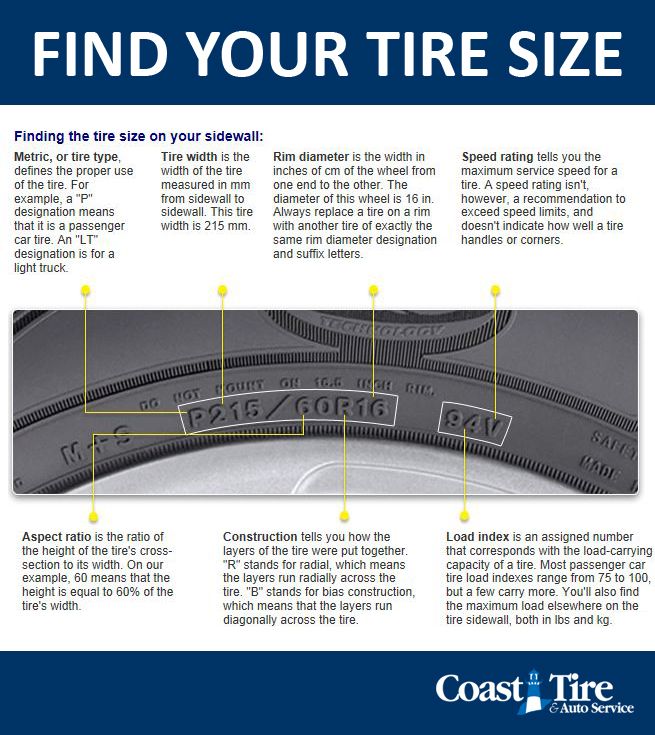 This is considered severe under-inflation, but less drastic pressure drops are still considered moderate or mild under-inflation, and they and can still have negative consequences.
This is considered severe under-inflation, but less drastic pressure drops are still considered moderate or mild under-inflation, and they and can still have negative consequences.
If your tires are inflated to a pressure that is below the recommended PSI (as shown in the manual or on the driver’s side doorjamb), your car will not operate safely. Under-inflation can cause the tire to heat up excessively, which can make the tread pull away from the body of the tire. If this happens on the highway, it could lead to a blowout and a serious accident. There are also financial reasons for making sure your tires aren’t under-inflated. A low tire has more rolling resistance, which means the car has to work harder to move down the highway and consumes more fuel. Well-inflated tires are going to save you money at the pumps. Low tires also wear more quickly and unevenly, so you will have to replace them more often.
A tire pressure monitoring system (TPMS) uses either a direct sensor inside your valve stem or a combination of both software and other existing sensors in your vehicle to let you know when your tire pressure is outside of a safe range of pressures. If the pressure falls below the legally specified limit (25% of recommended pressure) an indicator light shaped like the letter U with an exclamation point inside it (representing the cross-section of a tire) will light up on the dashboard. When you see this TPMS light on you should immediately check your tire pressure and make any necessary adjustments.
If you have further questions about tire pressure or any other aspects of your tires, find your nearest tire dealer to get some advice.
From a safety and cost standpoint, tire maintenance is one of the most important things you can do for your car.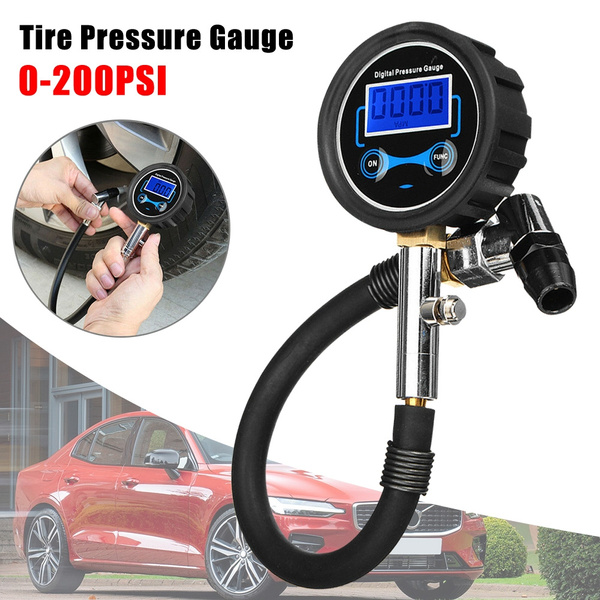 The easiest way to care for your tires is both quick and inexpensive: maintain the correct tire pressure.
The easiest way to care for your tires is both quick and inexpensive: maintain the correct tire pressure.
The recommended pressure for tires varies by the type of car and tire. Because maintaining your tires is so crucial to your safety and your car’s overall performance, it’s important to know what tire pressure is correct for your vehicle.
To learn what your tire pressure should be, look for your manufacturer’s recommendation, which is printed on a label inside your car. Depending on the vehicle, this label may be on the edge of the vehicle’s door, on the doorpost or in the glove box. The label will usually give recommendations for the front and rear tires as well as the spare, and it’s important that you stick to those guidelines. Even after you’ve replaced your tires, the same pressure guidelines on your car’s label apply to new tires of the same size.
Pressure recommendations are based on readings taken from a tire pressure gauge.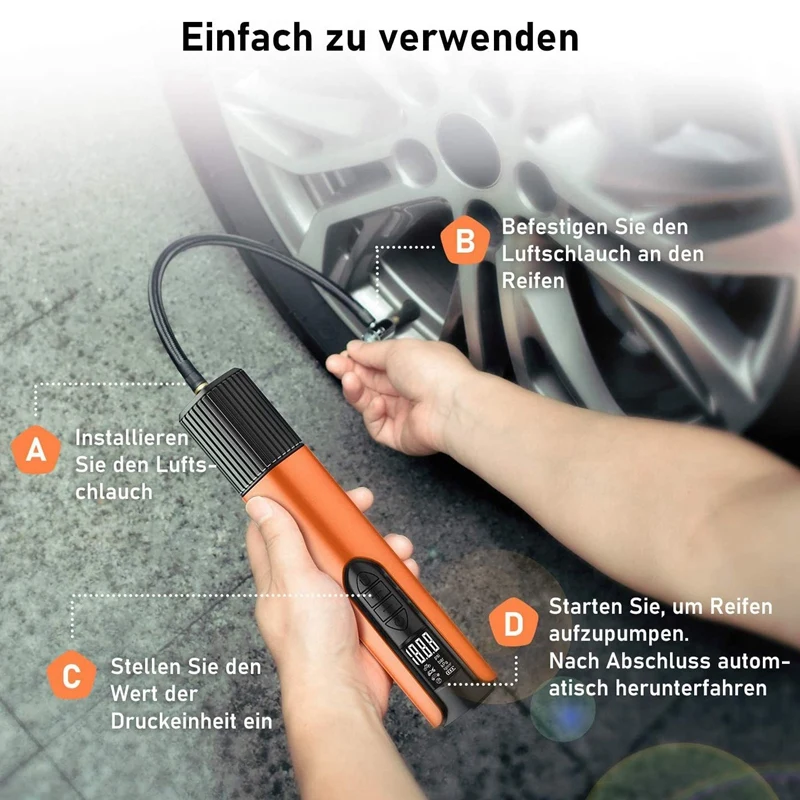 Check the pressure first thing in the morning or wait at least three hours after driving; this provides sufficient time for them to cool back down.
1
Check the pressure first thing in the morning or wait at least three hours after driving; this provides sufficient time for them to cool back down.
1
Driving on underinflated tires is one of the biggest causes of tire failure, according to the National Highway Traffic Safety Administration. And not having enough air in your tires can lead to other problems. Under-inflated tires wear out more rapidly, handle poorly and reduce fuel efficiency. On the other hand, overinflated tires are more susceptible to damage from road irregularities, and they also result in a bumpier ride. Overfilling your tires is just as dangerous as underfilling them, so it’s important you know what is recommended for your vehicle.
Knowing how to check tire pressure is critical to your safety and to keeping your tires in good working order.
When it comes to choosing a gauge, you typically have 3 options:
Put the pressure gauge into the valve stem, making sure the gauge is evenly and firmly pressed onto the stem.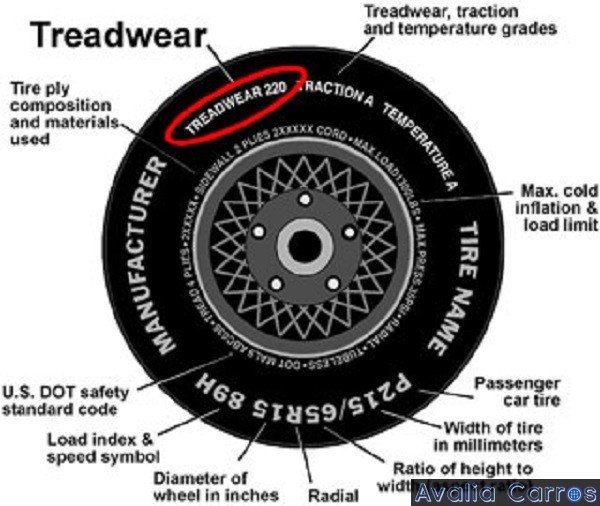 If you’re using a pen-style gauge, read the number on the rod that pops out of the sleeve. Read dial pressure gauges as you would a watch with one hand. With a digital pressure gauge, simply read the number on the screen. 2
If you’re using a pen-style gauge, read the number on the rod that pops out of the sleeve. Read dial pressure gauges as you would a watch with one hand. With a digital pressure gauge, simply read the number on the screen. 2
Find your tires’ recommended PSI in the owner’s manual or on a sticker just inside the driver’s side door. The proper PSI is crucial to your safety and the car’s longevity. Underinflated tires can overheat and wear unevenly; overinflated tires can blow out.1
Temperature has a direct effect on your air tires’ air pressure, so for an accurate PSI reading, make sure to check tire pressure when tires are cold. If it’s cold outside, then you can assume your tires are losing PSI and you should check even more frequently. This will help to ensure maximum safety. Take your car to a mechanic you trust for a professional assessment.3
If you happen to find yourself without a tire gauge and your car doesn’t have an indicator for low tire pressure, there are several things you can do to figure out whether your tires need to be inflated.
Of course, knowing your recommended PSI isn’t enough. You have to ensure you’re checking your tires regularly. Experts recommend you check air pressure once a month.5 Your car’s tire pressure monitoring system TPMS measures the amount of air in your tires to let you know whether your tires are properly inflated. 1
1
Frequently checking your PSI becomes even more important in the fall and winter, when outside temperatures drop and weather conditions fluctuate causing your tires to lose air more quickly. Generally, your tire will gain or lose 1 PSI for every 10-degree change in temperature, which means if you have a sudden drop of 30 degrees, you could lose 3 PSI overnight. If your tires were already low, this could cause tire damage, steering problems or even a flat tire.3
Knowing and maintaining the right air pressure is important to the safety and longevity of your tires. All it takes is a tire pressure gauge and a few minutes of your time.
Once you have the right tire pressure, make sure you also have the right coverage. Learn more about how Nationwide auto insurance can help protect you and save you money.
Sources:
1 https://www.pirelli.com/tires/en-us/car/driving-and-tire-tips/how-to-read/recommended-tire-pressure, Accessed April 2022.
2 https://www.consumerreports.org/cro/tire-pressure-gauges/buying-guide/index.htm#:~:text=There%20are%20three%20types%20of,of%205%20to%2099%20psi., Accessed April 2022.
3 https://www.firestonecompleteautocare.com/blog/tires/should-i-inflate-tires-cold-weather/, Accessed April 2022.
4 https://rxmechanic.com/how-to-check-tire-pressure-without-gauge/, Accessed February 2022.
In fact, according to the National Highway Traffic Safety Administration, driving with under-inflated tires is one of the leading causes of tire failure.
In addition, under-inflated tires can cause many other problems such as:
In addition, over-inflated tires are more susceptible to damage from bumps in the road, which also results in a bumpier ride.
Because tire pressure is so important to your safety and the overall performance of your car, it's important to know how much to inflate your car's tires.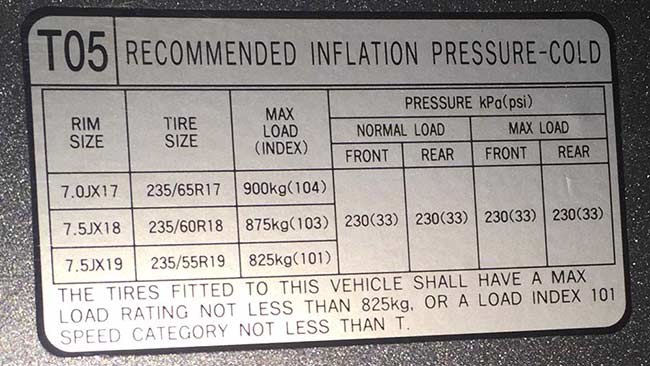
How much air pressure your tires actually need depends on several factors, including:
Tire pressure is measured in pounds per square inch or PSI. Tire pressure can be found both inside the car and on the tire sidewall.
You can find the optimum or manufacturer's recommended tire pressure for your vehicle on a sticker in your doorway or in your owner's manual.
Some car models even put stickers on the trunk lid, in the console or on the gas cap. For best results, look for the decal on the inside of the driver's door, as in the example in the photo below.
© shutterstock Somewhere on the sidewall of your tire, right under the big bold letters of the manufacturer, for example, you might notice the words ‘Max. Press. 35 PSI' (pounds per square inch).
Press. 35 PSI' (pounds per square inch).
This number tells you the maximum cold pressure required for your tire to carry its maximum load.
However, the maximum tire pressure is NOT necessarily the most appropriate pressure for each vehicle that the tire can be used on (almost all vehicle manufacturers recommend a tire pressure less than the maximum tire pressure).
You really should follow the recommended pressure listed somewhere inside your vehicle or in the manual, not the maximum pressure. In the next section, I will explain why.
If you insist on inflating your tires to maximum PSI, the two things described below are more likely to happen.
Because tires at their maximum inflated capacity cannot deliver as much to the sidewall, you may see excellent cornering, but this can put your brake sill at risk. One quick turn and your back could slide out.
When your tires are over-inflated, the rubber rounds off at the top of the tire as you drive, and the center wears out quickly. You will also reduce thrust and may even cause a blowout.
Therefore, the maximum pressure is not the best, but rather the recommended pressure. I must reiterate here that the pressure indicated on the sidewall is only the maximum and not the recommended pressure. Instead, you should use the air pressure recommended in your vehicle owner's manual or tire information label.
Once you know the best tire pressure for your car, you should check if your tires have that pressure. In addition, regular tire pressure checks are one of the most important. Monitoring the amount of air in your tires will let you know if you have a small leak and can help you avoid an unexpected tire puncture.
In addition, regular tire pressure checks are one of the most important. Monitoring the amount of air in your tires will let you know if you have a small leak and can help you avoid an unexpected tire puncture.
Frequent PSI checks become even more important in autumn and winter when outside temperatures drop and weather conditions fluctuate, causing your tires to lose air faster.
Generally speaking, your tire will gain or lose one psi for every 10 degree change in temperature, which means that if you have a sudden 30 degree drop, you could lose three psi overnight.
If your tires have already been deflated, this could result in tire damage, steering problems, or even a flat tire.
Some experts recommend checking the air pressure every time you fill up with fuel; others say once a month is enough.
Checking tire pressure is easy. You can do this right at home or at a gas station. Just make sure you check the pressure when your tires are cold or you haven't ridden in a few hours.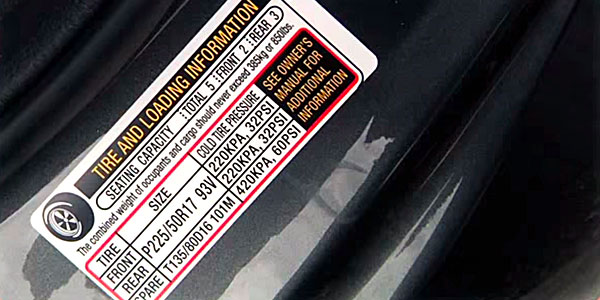 This will give you the most accurate reading.
This will give you the most accurate reading.
The most important piece of equipment you need is an accurate pressure gauge. You can find battery-powered digital gauges or the more traditional rod-type gauges found at most gas stations.
Make sure you have your manufacturer's PSI when you check tire pressure, then follow these steps:
Checking how much the tire is inflated once a month will give you a good idea of how they are performing. If your tires are relatively new and continue to leak air, contact your dealer or mechanic.
If your tires are relatively new and continue to leak air, contact your dealer or mechanic.
The optimal pressure indicator will provide protection from an accident. If there is too little air, the tires will not be able to withstand the stress of cornering and hard braking.
Then the stability of the car when driving decreases, the reliability of the tires decreases ... If attention is not paid to maintaining the correct pressure, the tire may burst on the move, which will lead to an accident.
Too much air in the tire is also a negative indicator. High pressure leads to an increase in the load on the chassis of the car.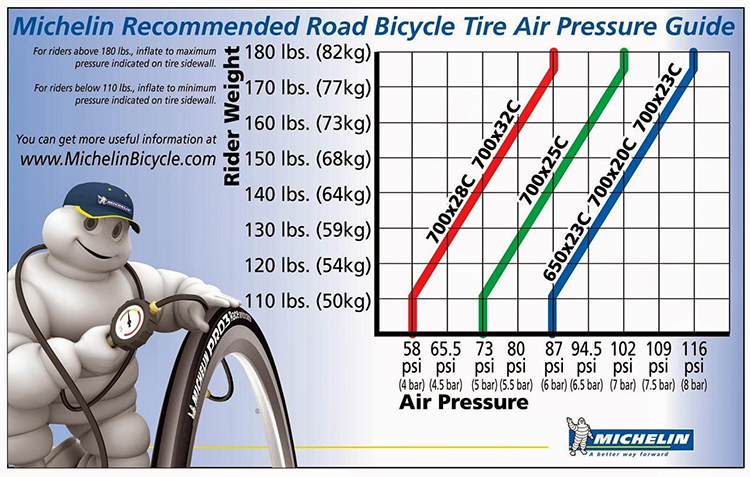 The result is uneven tire wear, the impossibility of normal driving in a straight line, the deterioration of dynamic performance and too long braking distances.
The result is uneven tire wear, the impossibility of normal driving in a straight line, the deterioration of dynamic performance and too long braking distances.
| Article content:
|
First you need to find out the characteristics recommended by the car manufacturer. Information about them is indicated in the accompanying documents, the instruction manual, the gas tank hatch, the glove box or on the inside of the driver's door. It usually lists the lowest possible value in PSI (pound force per square inch) or bar.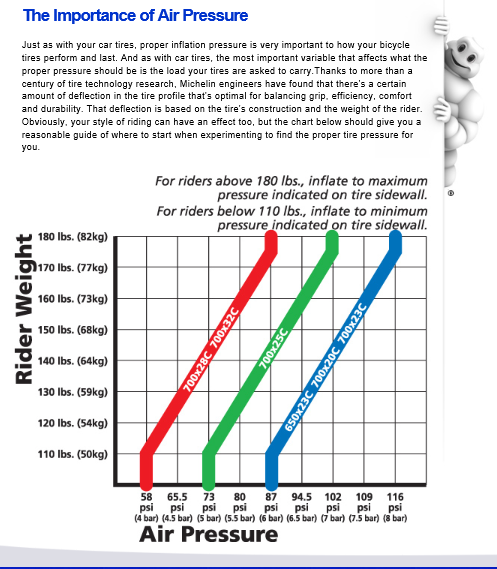 The figures vary depending on the dimensions and weight of the vehicle:
The figures vary depending on the dimensions and weight of the vehicle:
In some cars, the front and rear wheels require different pressure. Information about this should be indicated in the documentation.
The most understandable unit of measurement for us is bar, it is in these units that the pressure of wheel inflation devices at gas stations is indicated. But such a system for measuring tire pressure is not accepted in all countries, therefore, there is another standard calculated in PSI, which often confuses car owners whose recommended pressure is indicated in these units.
PSI (or lbs) is pounds per square inch, and to get the pressure value in technical atmospheres, PSI must be divided by 14.5. By the way, on bicycle tires, the pressure is indicated in PSI.
So:
1 bar = 100 kPa ≈ 1 kgf/cm² ≈ 14.5 psi
1 PSI (lbs) ≈ 7 kPa, or 0.07 kgf/cm² - standard pressure for most passenger sedans.
• Low profile tire pressure.
If your vehicle is fitted with non-standard low-profile tires, the tire pressure must be monitored with particular care. Low profile tires have two features: a low sidewall height and a large rim diameter.
If the tire has the correct air pressure, only the tread is in contact with the road. Low pressure causes distortion of the sidewall of the tire, as a result of which it begins to touch the roadway, gradually wearing out. At a certain point, the tire wears out completely, and it collapses. If this happens at high speed, the consequences can be fatal.
“For low profile tires, use the pressure specified for the maximum load on the vehicle and refer to the maximum allowable air pressure in the tire, which is indicated on the sidewall of the tire with the inscription MAX PRESSURE in kilopascals and pounds per square inch.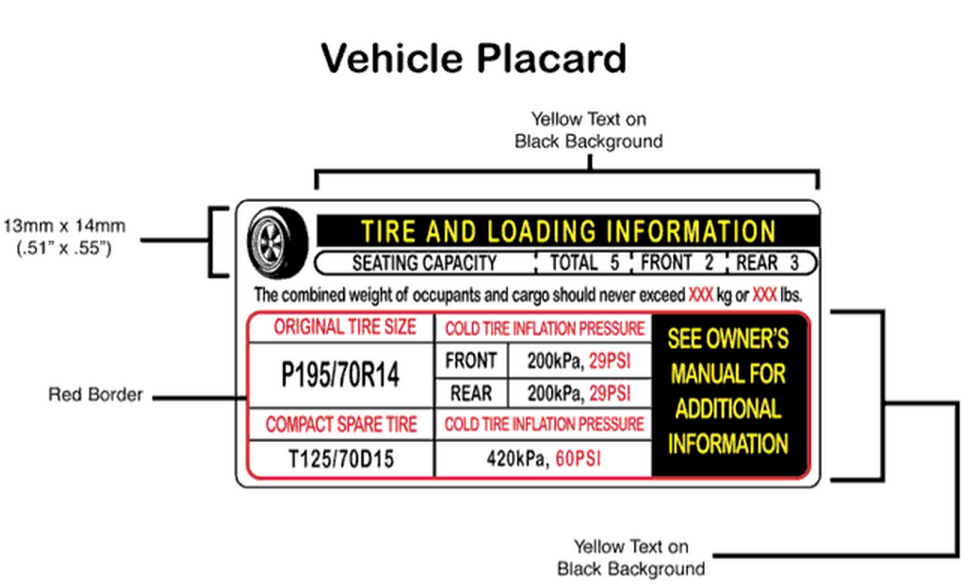 For example, MAX PRESSURE 3.0 kps (44 psi)."
For example, MAX PRESSURE 3.0 kps (44 psi)."
You will need a pressure gauge to measure. There are several types of such devices.
 According to them, the driver can timely control the values of pressure and temperature. Sensors can be both external and internal.
According to them, the driver can timely control the values of pressure and temperature. Sensors can be both external and internal.
It is advisable to do this every time you intend to use the vehicle. If this is not possible, pay attention to the process at least once a week. Measurement has its own characteristics.

